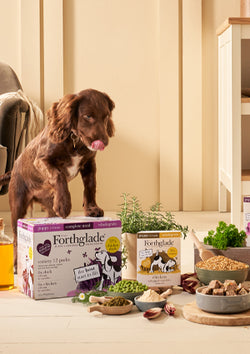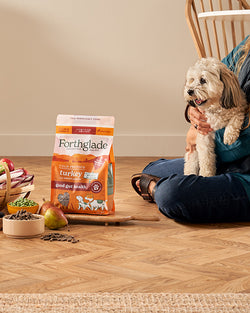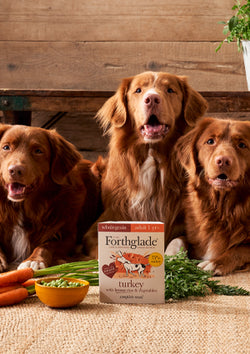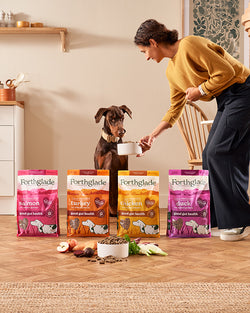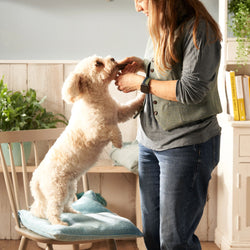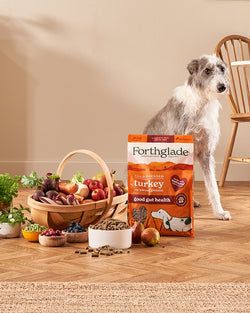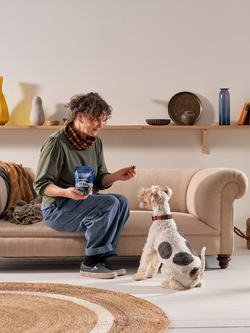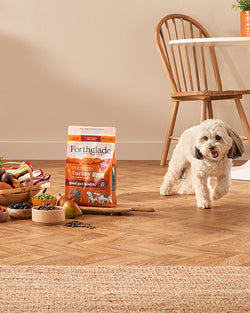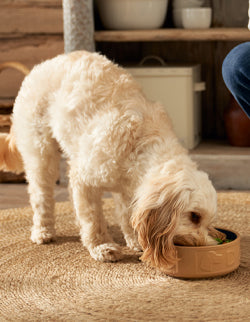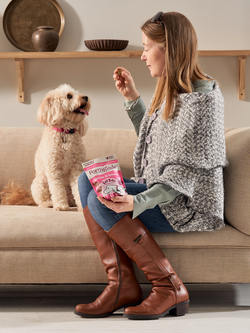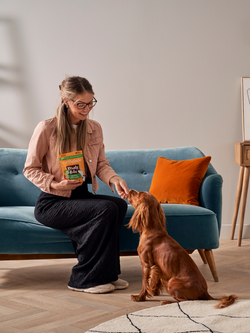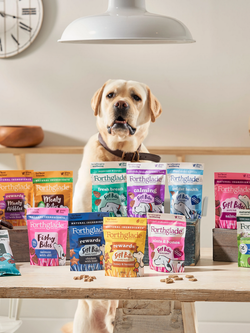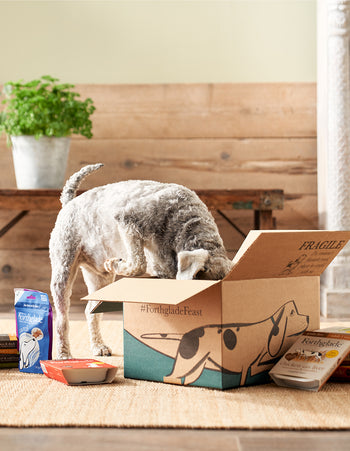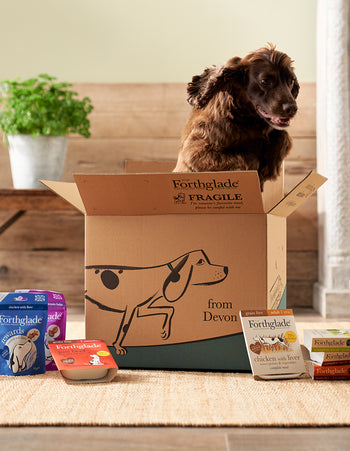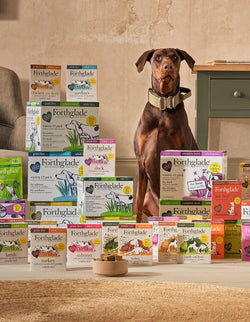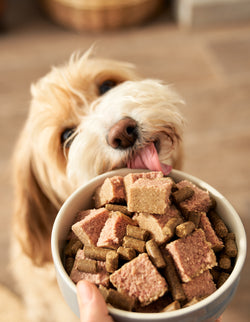If you’ve noticed your dog scooting their bottom across the carpet or a strange funny smell around their rear end, you might be dealing with anal gland problems. Although unpleasant, these little glands play an important role in your dog’s digestive system. When they’re not working properly, it can lead to discomfort.
The good news? Alongside vet care, diet can make a big difference. This guide explains what anal glands are, common symptoms of blockages, and how the best dog food for anal gland problems can help support your dog’s digestive health.

What are anal glands?
Dogs have two small sacs, called anal glands, located just inside their bottom. These glands release a strong-smelling fluid each time your dog goes to the toilet. It’s a natural part of canine communication and territory marking.
Most of the time, the glands are expressed naturally during pooping. However, sometimes they can become blocked or inflamed, meaning the fluid doesn’t empty properly. When this happens, it can cause discomfort and may lead to infection if not managed.
Symptoms of blocked anal glands
Some signs that your dog may be struggling with their anal glands include:
- Scooting or dragging their bottom along the floor
- Excessive licking or biting around their rear
- A strong, fishy odour near their tail
- Straining or discomfort while passing stools
- Swelling, redness, or sensitivity around the anus
When to see a vet
If you suspect your dog’s anal glands are blocked, it’s always best to speak to your vet. They can check your dog’s glands and express them safely if needed.
You should make an appointment as soon as possible if you notice:
- Ongoing scooting or licking
- Signs of pain or distress when sitting or pooping
- Blood or pus around the anus
- Sudden swelling or a lump near the rear
- Anal gland problems can sometimes lead to abscesses or infections, so professional treatment is important.

What is the best food for dogs with anal gland problems?
While anal gland issues often need veterinary care, diet can play a supportive role in keeping your dog’s digestion healthy.
The best dog food for anal gland problems is typically:
- Fibre-rich: Helps bulk up stools so the glands are expressed more naturally
- Easily digestible: Supports healthy gut function
- High-quality: Avoids unnecessary fillers and artificial ingredients that may cause irritation
For many dogs, a diet with added fibre is particularly helpful. Firmer, well-formed stools create gentle pressure on the anal glands, encouraging them to empty naturally during toileting.
At Forthglade, our fibre rich food for dogs is designed to provide the right balance of wholesome ingredients and natural fibre to support digestion.
Can vegetables help?
Certain vegetables are a natural source of fibre and can support healthy digestion, making them a handy addition to your dog’s bowl. Many dogs enjoy them as a topper to their meals or as a nutritious snack.
Safe, fibrous vegetables for dogs include:
- Pumpkin: Rich in soluble fibre and easy to mix into food
-
Carrots: Crunchy, fibrous, and great as a treat or topper
-
Green beans: Low-calorie, fibrous, and well-loved by many dogs
- Broccoli (in small amounts): provides fibre and nutrients
These should always be steamed or gently cooked (without added salt, butter, or seasoning) to make them easy to digest. For more inspiration, check out our guide on what vegetables can dogs eat?

Conclusion
Anal gland issues aren’t pleasant, for you or your dog but with veterinary care and a supportive diet, you can help reduce discomfort and keep your pup’s digestion in balance.
If you’re considering a dietary change, our guide on dog food with grain vs grain free can help you decide what’s right for your pet.
For everyday support, explore our full range of adult dog food. Its packed with natural ingredients, balanced nutrition, and fibre to help keep tails wagging and bottoms healthy.

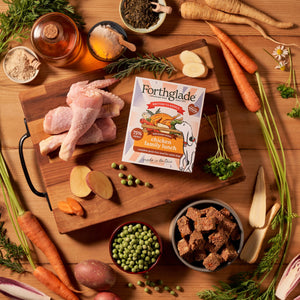
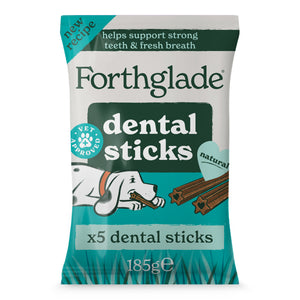
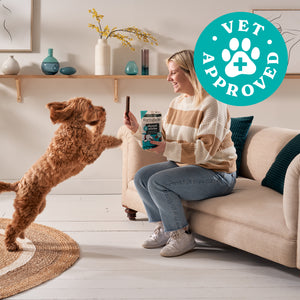
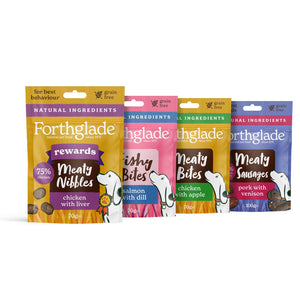
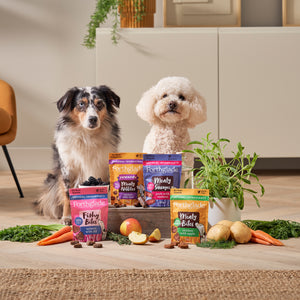


 Over 12,000 5* Reviews
Over 12,000 5* Reviews
 Subscribe & Save At Least 10% Off Every Order!
Subscribe & Save At Least 10% Off Every Order!


